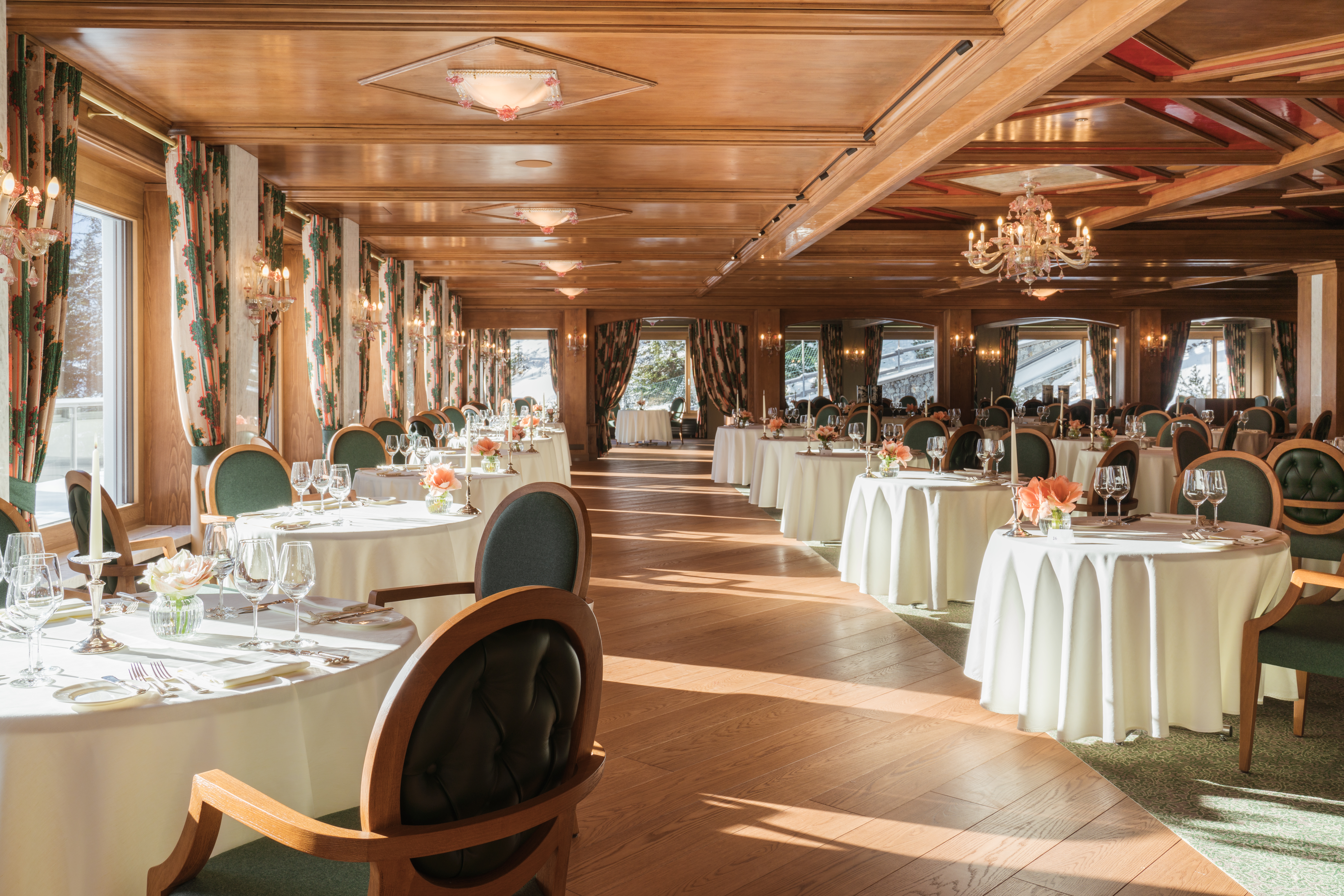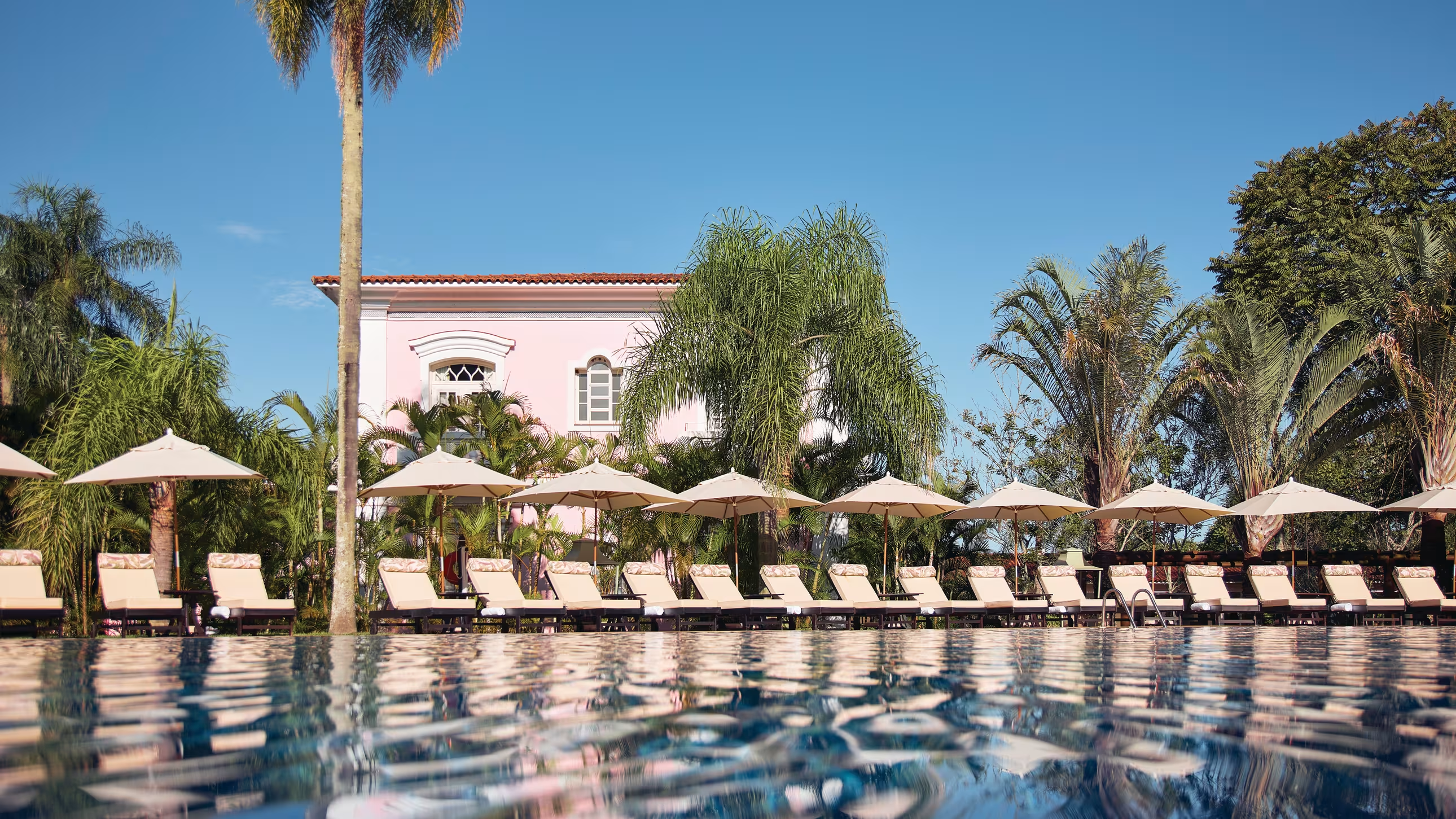Does it sting when you see other passengers on a plane fully conked out?
Their mouths are open. Their shoulders are relaxed. They’re even snoring—clear proof that they’ve hit REM.
My body goes green with envy when I see these types. No matter how hard I try or how comfortable I am on a plane, sleep evades me. Given my struggles to sleep in my own comfy bed at home, that’s not a huge surprise.
And I’m not alone. Getting shut-eye on a plane is difficult for millions of travelers.
If you’re like me, you’ll feel bored sitting through a long-haul flight without getting some shut-eye.
At worst, though, you’ll deboard the plane feeling groggy and exhausted. (In the case of a red-eye flight, you might have just set yourself up for some serious jet lag, too.)
But let’s not throw in the towel just yet.
I’ve collected solid advice from travel experts, frequent flyers, and airline staff that outline the best tips on how to sleep on planes during long flights.
First up: Setting yourself up for success from the start.
(Disclaimer: The best way to sleep during long-haul flights is to purchase a business class or first class ticket that gives you access to a full-flat seat—but this article is for readers who don’t have thousands extra to spend on non-economy tickets.)
How to sleep on planes: the beginner’s gide
Let’s start with the basics. If you want to sleep like a baby while 35,000 feet in the air, then you need to plan ahead. Here’s how.
- Pay to select your own seat. Maybe you prefer the snug comfort of the window seat. Maybe you’re more interested in having access to the aisle. Regardless, pick your favorite—it’s worth the extra spending.
- Avoid bright and noisy seats. Usually, seats closest to the bathrooms and service areas are the loudest and brightest.
- Don’t start scrolling (or watching). Exposure to blue light makes it harder to fall asleep. Avoid scrolling on your phone or watching in-flight entertainment if you want to fall asleep fast.
- Bring extra layers. It’s hard to sleep when you’re shivering.
How to sleep on planes using comfort products
There’s a wide range of travel accessories that are designed to make you more comfortable on long-haul flights, from compression socks to eReaders to humidifying masks.
I suggest using these products to help you sleep on planes:
- Travel pillows. You’re probably thinking of the standard wrap-around neck pillows—but that’s just the tip of the iceberg in terms of products that will help you sleep. I suggest looking into the Sleeper Hold travel pillow, which secures your head to the back of the seat.
- Foot hammocks. These handy little accessories let you hang up your feet for more comfortable sitting. If you don’t want to buy one, you can also use a winter scarf to finagle a DIY foot hammock.
- Ear plugs & eye masks. Bonus points for eye masks that include essential oils like lavender or jasmine, which can help you fall asleep faster.
What if you can’t sleep?
Bad sleepers like me know that missing out on some Zs can feel stressful. And once you’re locked into a loop of not being able to sleep and feeling stressed about it, all hopes of relaxation go out the window.
So, what do you do if you can’t sleep?
- Don’t stress about it. Even if you’re not actively getting REM sleep, your body still benefits from rest. Just make sure to get up and walk around the cabin for flights over six hours.
- Don’t take red-eyes. The idea behind taking red-eyes is that passengers can sleep through a simulated night, and then land at their destination feeling relatively refreshed. If you can’t sleep on planes, red-eyes are probably a bad choice, as they’ll compound other issues like jet lag, dehydration, and even stress.


